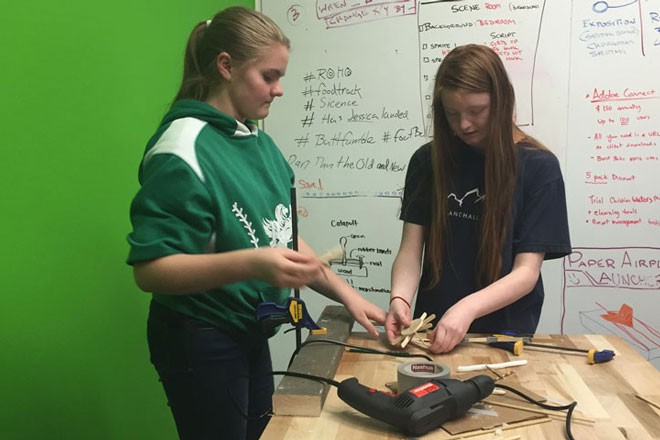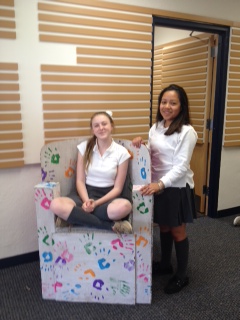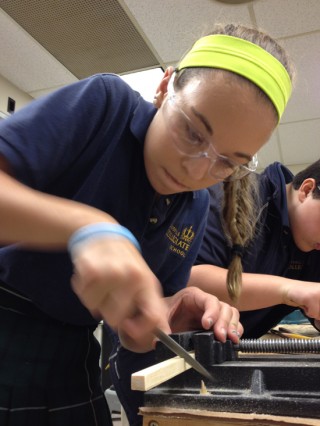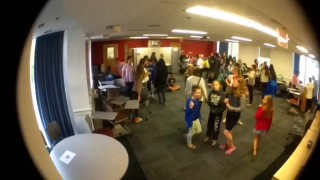The quest to solve problems by making tools from available materials has marked the advancement of cultures and satisfied the human desire to invent since the beginning of time. Right now the Maker Movement, based on the idea of constructing knowledge by building physical artifacts with real-world applications, is taking the country by storm.
Two years ago Rowland Hall was presented with an opportunity to experiment with a classroom maker’s. Almost simultaneously, Rowland Hall began to incorporate robotics into its curriculum, to more closely investigate the ‘learning by doing’ model of education.
The unique spaces and philosophy seem to give students confidence in their own thinking. Because of open source, students don’t have to know everything about every aspect of the project. There are many pieces of the problem—the bricks of the problem—that have already been built that you can look up and use.
“An open space suggests an open and flexible mindset,” principal Thomsen said. “Coming into a room that encourages a different experience feels good over the course of a seven-hour school day.”
Students are using the Maker Space to build a hovercraft. A generous donation from a parent provided funds for the kit. Building the hovercraft gives students an opportunity to experience the difference between having an idea and executing and engineering a solution.
The environmental science students are learning to use the Arduino microcontroller platform to design wind and solar energy stations and build an air pollution sensor. The class uses their time to discuss the scientific process and experimental design and to “use basic electronics, coding, and engineering to better understand concepts of air pollution and renewable energy and make connections between facts and concepts in the real world.
“We are thrilled with the Maker Space redesign,” Mr. Smith said. “We have students gathered by the door asking, ‘How can I sign up for this class?’”



